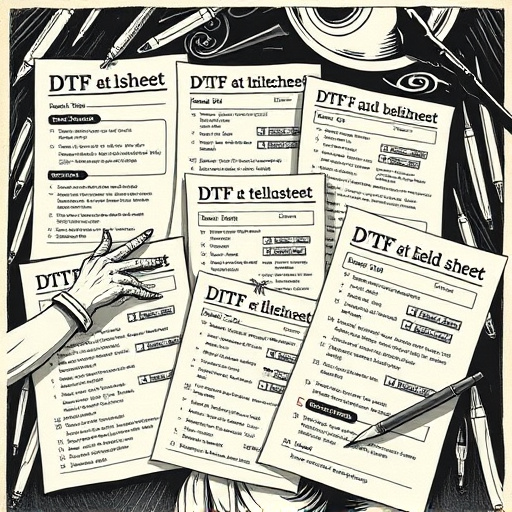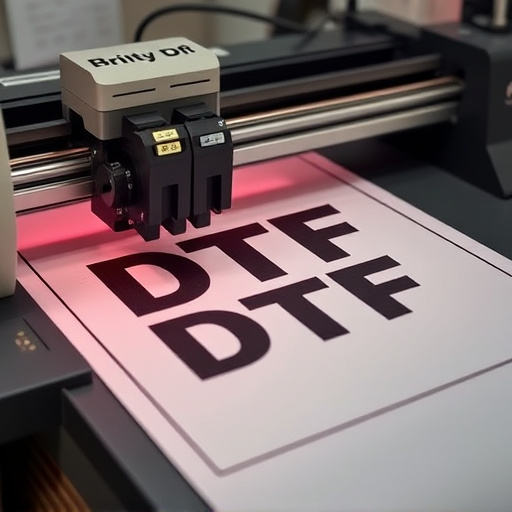Regular cleaning, inspections, and maintenance, including deep cleaning of print heads and rollers, prevent ink buildup and ensure accurate color for DTF printing on light fabrics. Efficient material handling through dedicated storage, staff training, and inventory checks minimize damage. Adhering to manufacturer guidelines for lubrication and parts management extends equipment lifespan, minimizing downtime in DTF transfer processes.
Maintaining DTF printing equipment daily is paramount for consistent, high-quality output. This guide outlines best practices to ensure your machinery runs smoothly. Start with a structured cleaning and inspection routine to prevent buildup and detect potential issues early. Optimize material handling practices to minimize wear and tear. Implement efficient maintenance and parts management strategies to keep downtime to a minimum. Following these steps will help you maximize the lifespan and performance of your DTF printing equipment.
- Regular Cleaning and Inspection Routine
- Optimizing Material Handling Practices
- Efficient Maintenance and Parts Management
Regular Cleaning and Inspection Routine
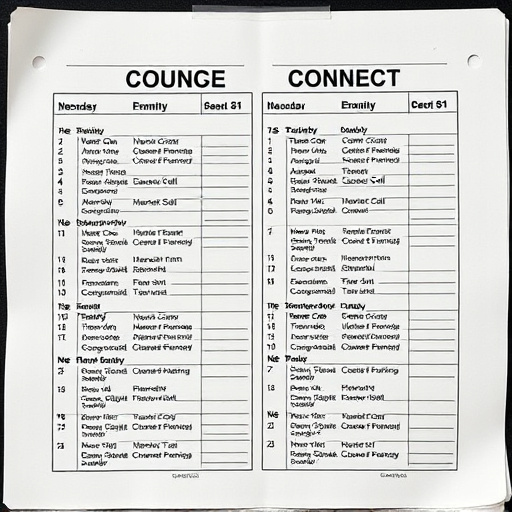
A well-maintained DTF Printing Equipment ensures optimal performance and longevity, thereby enhancing the quality of your final products, be it for light fabrics, t-shirts or any other material. Implementing a consistent cleaning and inspection routine is paramount. This involves regular wiping down of all surfaces with suitable cleaning solutions to remove accumulated ink residue and dust particles. The direct to film printer, a key component in DTF printing, requires special attention due to the delicate nature of its components.
Periodic deep cleaning and thorough inspections are crucial. Check for any signs of wear or damage, especially around the print head and roller areas. Lubrication might be necessary at intervals recommended by the manufacturer. This meticulous approach not only prevents clogs and misalignments but also ensures consistent color accuracy and precise printing across all materials, making it ideal for DTF printing for t-shirts and light fabrics.
Optimizing Material Handling Practices
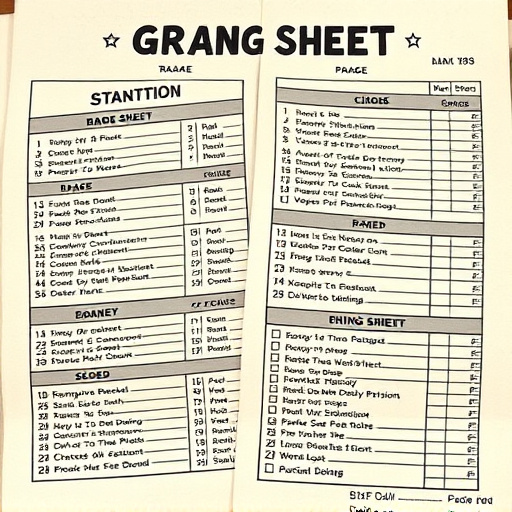
Efficient material handling is key to keeping DTF printing equipment in top shape and maximizing production time. When working with delicate materials like DTF films, custom dtf transfers, and direct to film personalized hoodies, proper care ensures longevity of both the equipment and the products. Implement structured processes for material storage, ensuring easy accessibility while minimizing the risk of damage or misplacement. This involves dedicated space for each type of material, labeled storage bins, and regular inventory checks.
Additionally, streamline the handling process by training staff on best practices. This includes techniques for safely removing and installing films, proper alignment during transfer, and gentle manipulation to avoid creases or tears. Regular cleaning of the work area and equipment also plays a crucial role in preventing residue buildup from ink or adhesive, which could hinder performance and quality of DTF printing.
Efficient Maintenance and Parts Management
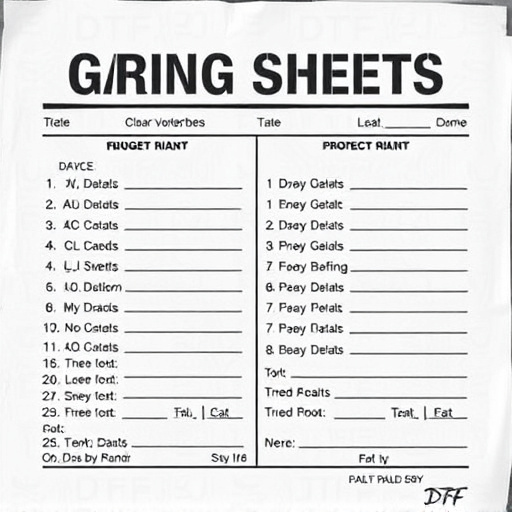
Efficient Maintenance is key to ensuring your DTF Printing Equipment operates at peak performance and extends its lifespan. Regular cleaning and calibration schedules should be implemented, adhering to the manufacturer’s guidelines. This involves removing any build-up on print heads, inspecting ink levels, and lubricating moving parts as necessary. By fostering a culture of consistent maintenance, you can minimize downtime and maximize productivity.
Effective Parts Management is integral to swift troubleshooting and repair. Keep a well-stocked inventory of common replacement parts, such as ink cartridges, print head assemblies, and spare belts. Implement a tracking system for usage and expiration dates, ensuring you’re prepared for any unexpected failures. For specialized components like screens or platen, consider partnering with reliable suppliers who offer fast delivery times, allowing you to maintain high levels of operational efficiency for your DTF transfer processes, be it for creating direct-to-film personalized hoodies or printing custom graphic tees.
Maintaining DTF printing equipment is key to ensuring optimal performance and longevity. By implementing a regular cleaning and inspection routine, optimizing material handling practices, and efficiently managing maintenance and parts, users can minimize downtime and maximize the lifespan of their DTF printing systems. These best practices are essential for keeping your equipment in top shape and delivering consistent, high-quality prints day after day.











